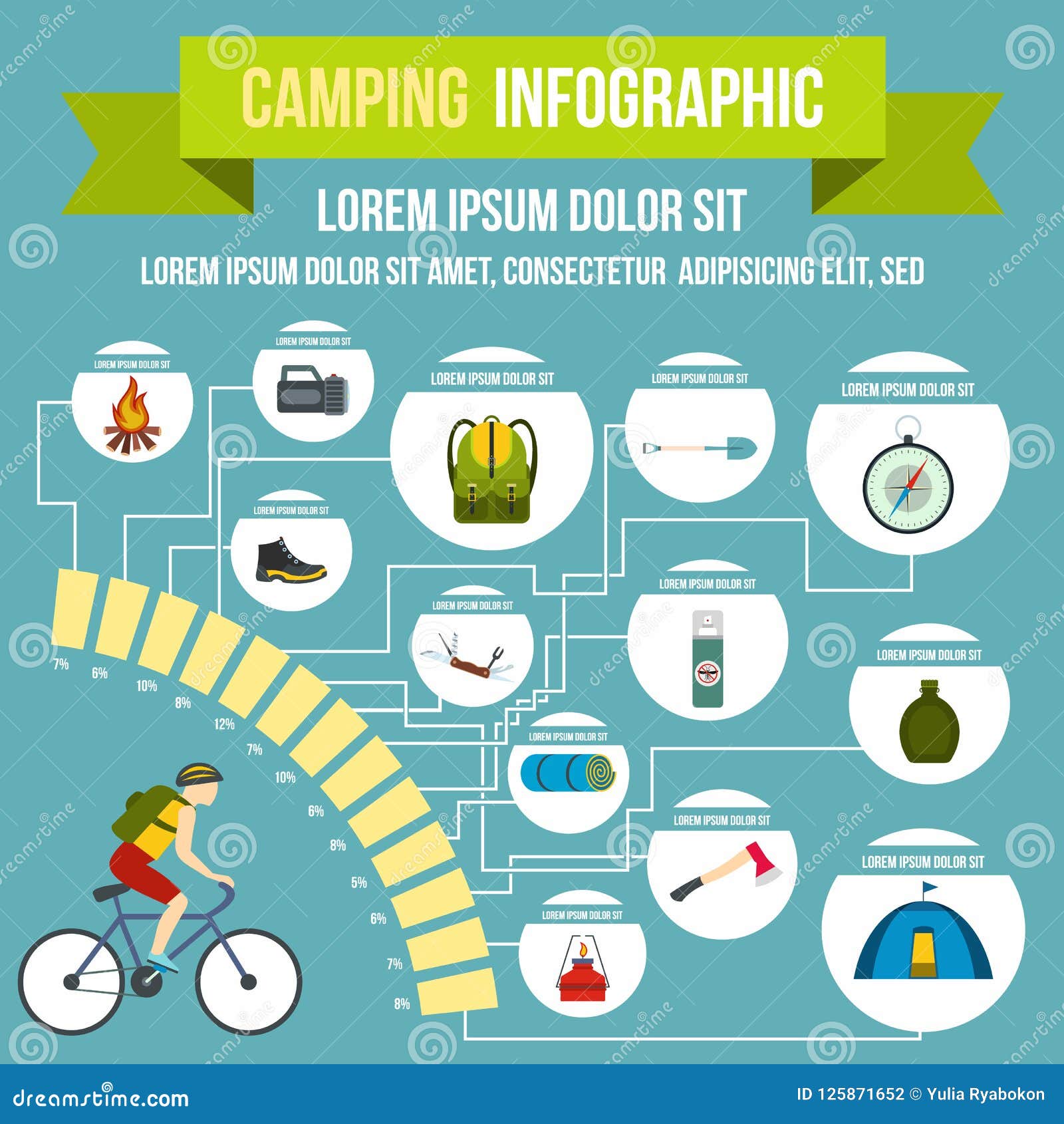A cooktop jack is a necessity for risk-free outdoor tents cooktop use, keeping whatever from cool air to fire coal out of your canvas tent. Nevertheless, improperly suitable one can bring about tent fires and carbon monoxide poisoning, so it is necessary to understand the most common errors campers make when setting up oven jacks prior to camping!
Substitute
A stove jack is among the most crucial pieces of camping tent camping devices. Not just do they keep the smoke out of your outdoor tents, but they additionally prevent a selection of safety dangers including camping tent fires and carbon monoxide gas poisoning. Yet, it's simple to make blunders in sizing and installing an oven jack. Fortunately, by comprehending some of the most usual camper errors you can discover to prevent them and ensure your oven jack is appropriately fitted to your tent for secure, comfortable camping. Keep reading for more information.
What Is an Outdoor Tents Range Jack?
Basically, a cooktop backpacking jack is a hole that beings in the flooring of your tent to fit your camp cooktop's chimney pipe. It's vital for maintaining everything from chilly air to rainfall and snow out of your tent.
Evaluation
When appropriately sized and mounted, a stove jack is the very best means to securely vent your wood-burning tent range while keeping cold air, rainfall, snow, pests, and creosote from entering your wall tent. However lots of campers struggle with the setup procedure, and an oven jack that isn't fitted appropriately can be dangerous. Range jacks require to be placed at a secure range from the tent walls, and the opening must be focused to give an even spread of heat throughout the interior. Furthermore, a space in between the cooktop pipeline and flue pipe is a fire hazard, and can allow carbon monoxide to enter your home. A WETT assessment from a qualified professional is essential for your safety, and numerous insurance coverage suppliers need it prior to supplying insurance coverage.
A WETT examination look for possible fire hazards, carbon monoxide poisoning risks, and structural damage. It follows strict guidelines set by the Timber Power Modern Technology Transfer (WETT) company to maintain Canadians secure and reliable with their wood-burning devices.
